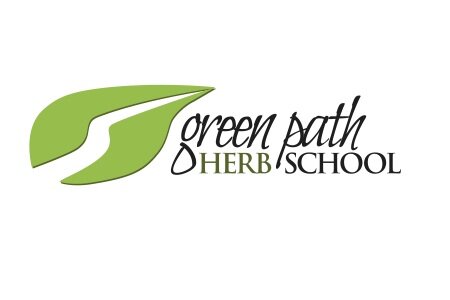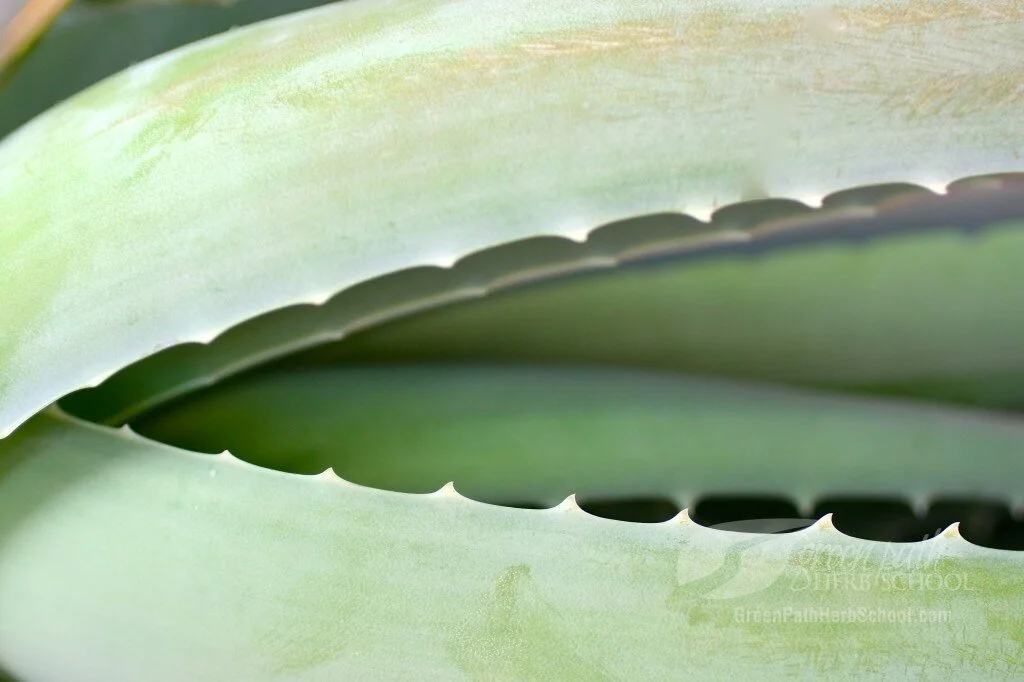Making Your Own Natural First Aid Kit
Natural remedies can work wonders for scrapes, cuts, bites, bruises, and burns.
For all life's little accidents, it's useful to keep an herbal medicine kit close at hand. I have found it easiest to have several: one for the car, one for home, one for traveling, and a small one for hiking and backpacking. My criteria of what goes in any first aid kit include the following:
Keep it light. I find myself less likely to bring a heavy bag I have to lug around. Homeopathic remedies fit these criteria well. I also like putting my salves into lip balm containers for the same reason (they are easy to apply this way as well).
Keep it simple. Having too many things in a first aid kit makes for too many decisions and slows things down when time is of the essence. It can also be harder to find what you are looking for.
They need to transport easily, with little preparation. To me, this means tea is usually out.
They need to be powerful. Concentrated remedies such as herbal tinctures and essential oils are some of my favorites. Tinctures are easily and quickly absorbed into the bloodstream and can be used as a topical liniment as well.
Remedies need to work fast.
They should be useful for multiple things or do something important that other remedies simply can't do. For example, many herbal tinctures can be used orally, topically as a liniment, and added to eyewashes or neti pots.
The Kit:
Following is a list of some of the herbal remedies I have found helpful for first aid care.
Echinacea is essential for any first aid kit. It is stimulating to the immune system, helping to fight off infection or cold. Because it reduces inflammation, it is also useful for allergies, and food poisoning. It can be taken internally and applied externally for infections, abscesses, and bug, spider, or snake bites.
Echinacea
Aloe Vera is a wonderful herb for the skin. It is soothing and cooling, making a useful external remedy for bites, rashes, inflammations, and burns, including sun and windburn. I enjoy having a plant growing in my kitchen, however, gel preparation is convenient when traveling.
Aloe vera
Cayenne can be used as a powder or a tincture. Internally, it encourages circulation and increases digestive secretions. It will increase sweating to help break a fever. Externally, it reduces pain, stops bleeding, and can be used as a counter-irritant to bring blood to an area, thereby helping the body to reduce inflammation and speed recuperation from an injury. Cayenne can be sprinkled in the gloves or socks to help warm cold extremities. Be careful as it can stain clothing and can be irritating to mucus membranes such as the mouth and eyes.
Lavender essential oil is antibacterial, antiseptic, and antispasmodic. It can help to reduce the chance of infection when applied to cuts or abrasions. Applied externally it reduces pain, making it useful for headaches, injuries, and cramps. Apply lavender essential oil to the temples to help alleviate a headache. It works exceptionally well on burns. Rub it directly on the area or add a few drops to the bath. Lavender repels mosquitoes and fleas. Added to vegetable oil, it makes a fragrant natural bug repellent. Lavender Essential oil can be used externally at full strength. Those with sensitive skin may want to dilute it in a little vegetable oil. A 3% dilution is 15 – 18 drops of essential oil per ounce of vegetable oil. I like to keep some lavender essential oil in a small glass spray bottle. This works especially well to apply to a burn or injury that you don't want to touch. I use this method of application regularly with my children. In general, essential oils should not be used internally unless under the supervision of a trained practitioner. Learn more about essential oils you can use for first aid in this article.
Arnica can be used externally for joint inflammations, arthritis, injury, contusions, bruises, tendonitis, and sore muscles. Avoid putting it on open wounds. Arnica can be mixed with other helpful herbs such as St. Johnswort, Figwort, Ginger, Poplar, or Cayenne and is best applied to the area as a salve, liniment, or oil. Homeopathic Arnica can be taken internally for shock, sprains, concussion, bruising, muscle strain, injury, and even before and after surgery.
Arnica
Comfrey is one of the best known of all medicinal herbs. It is high in allantoin, a plant component that encourages the growth and repair of connective tissue, skin, and bones. Comfrey is soothing and healing for cuts, bruises, scrapes, bug bites, tears, rashes, hives, and eczema. Use it to heal quickly and help prevent scarring. Comfrey can contain pyrrolizidine alkaloids that make it potentially harmful to the liver if taken internally in large amounts. For this reason, comfrey is best used externally as a salve, poultice, oil, or wash. The leaf is lower in pyrrolizidine alkaloids than the root. Do not apply comfrey to deep wounds as the wound can close before healed, causing the potential for an abscess to occur.
Comfrey
Rescue Remedy: This is a flower essence blend originally created by Edward Bach in the 1930s. It is a useful remedy both internally and externally and can be used safely on animals and children. It is excellent for pain, trauma, anxiety attacks, accidents, child-birth, and emotional upset. A little goes a long way and a general dosage is 3-5 drops in a glass of water.
Yarrow has long been nicknamed “nature’s bandage” for very good reason. Yarrow will help stop both internal and external bleeding. A fresh leaf can be crushed and applied to a cut, after the wound is cleaned, to help stop bleeding and seal the injury. Internally, it will bring on delayed menstruation and reduce excessive menstrual flow. To help encourage sweating and bring down a fever, yarrow can be drunk as a hot tea.
Yarrow
Using wild plants is especially useful when hiking or backpacking. Some common wild foods include Nettles, Red Clover, Plantain, Dandelion, Burdock, and Chickweed. These are often eaten lightly steamed or cooked although some can be eaten raw. A few useful medicinal plants that grow in the Rocky Mountains include Yarrow, Mullein, Aspen, Arnica, Thuja, and Uva Ursi. When using wild plants for food and medicine, it is essential to make a proper identification of the plant being used and be aware of the poisonous plants that grow in the area.
It is helpful to go on an herb walk, take a wild foods class, and use reference herb books including Medicinal Plants of the Pacific West by Michael Moore, Edible and Medicinal Plants of the Rocky Mountains by Terry Willard, Discovering Wild Plants by Janice Schofield, and Edible and Medicinal Plants of the West by Greg Tilford. It is extremely important to remember to harvest with care and respect, impacting the environment of the area as little as possible. My rule of thumb is to take only what is needed and only when the plants themselves can spare it.
Now make your own!
Are you inspired to make your own herbal medicine chest and see how well Mother Nature really can help to heal the body and soul? Here are some of my favorite recipes so you can make your own first-aid remedies:
First Aid Poultice:
1 part Marshmallow Rt
1 part Oregon Grape Rt
1 part Yarrow Herb
1 part Bentonite Clay
1 part Echinacea Rt
1/4 part Cayenne Fruit
Mix all herbs together in the blender until they are powdered. Store in a glass container in a cool dark place until needed. Add warm water or Echinacea tincture until the mixture forms a paste. Lavender essential oil can also be added. Apply to stings, bruises, infections, injuries, and rashes. Rinse off and reapply as needed.
Headache Oil:
10 drops Lavender Essential Oil
10 drops Peppermint Essential Oil
10 drops Marjoram Essential Oil
1 teaspoon vegetable oil
Add essential oils to 1 teaspoon of vegetable oil such as olive, almond, or jojoba oil. Rub on temples, forehead, and back of the neck. Avoid the eye area.
Burn Rescue:
5 ml Lavender Essential Oil
1 ml Helichrysum Essential Oil
5 drops Rescue Remedy
1 ounce pure Aloe Vera Gel
1 ounce Witch Hazel extract (optional)
Mix ingredients together and apply topically to burns, sunburns, and wind burns. This cooling and healing formula will reduce pain, inflammation, and scarring. Add the Witch Hazel if you would like to apply the formula as a spray.
© Elaine Sheff, Clinical Herbalist, RH (AHG)








